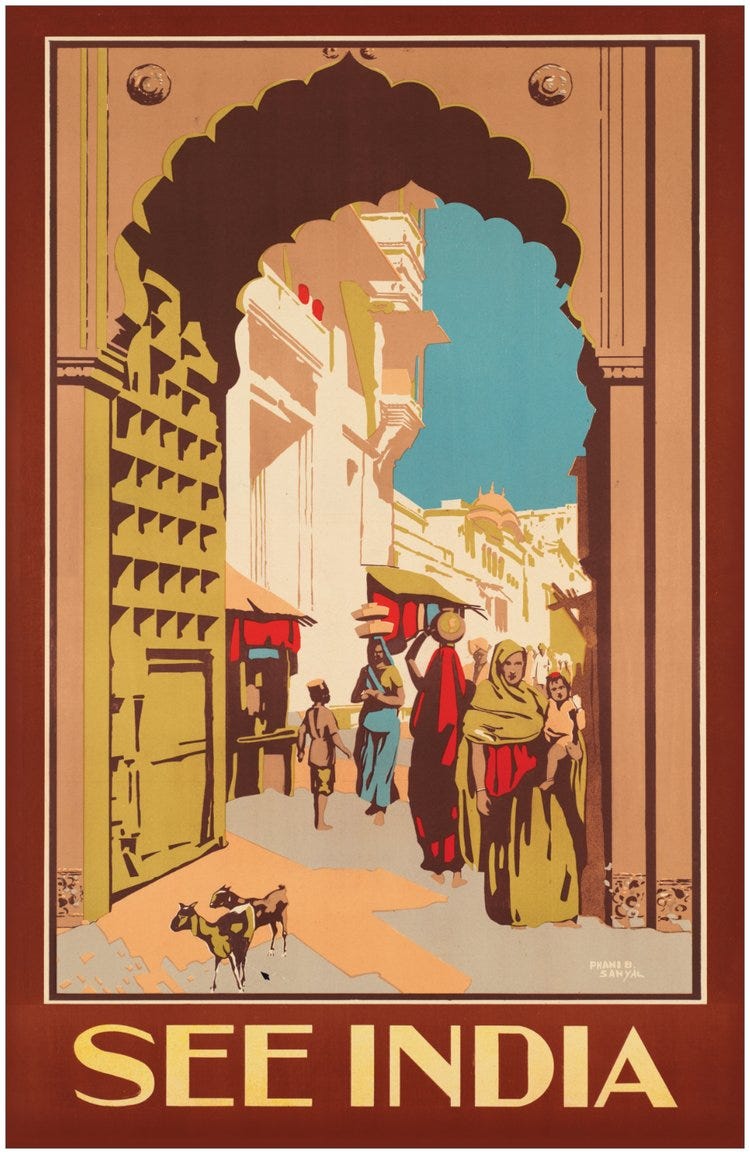Izzat: How the Empire Recruited Over A Million Indians to Fight in the First World War
Words by Zuber Singh Ahluwalia
Welcome to the Brown History Newsletter. If you’re enjoying this labor of love, please do consider becoming a paid subscriber. Your contribution would help pay the writers and illustrators and support this weekly publication. If you like to submit a writing piece, please send me a pitch by email at brownhistory1947@gmail.com.
Don’t forget to check out our SHOP and our Podcast.

Recommended Reads:
Izzat: How the Empire Recruited Over A Million Indians to Fight in the First World War
On the eve of the Great War, British Indian authorities would be tasked with the Herculean feat of raising a large volunteer army from its colonial Indian subjects. The efforts would exceed expectations, with a total of 1,272,460 men recruited between 1914-1918. In order to secure loyalty from this available pool of manpower, the British authorities would actively promote a narrative linking military enlistment with social upliftment. On the other side of this coin, dissent was systematically suppressed







